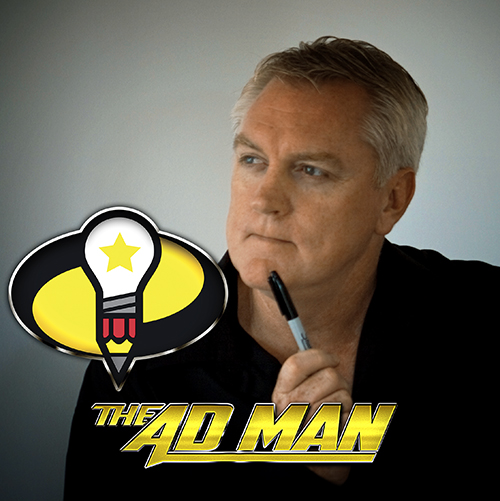The Design Process
The design process is not carried out by pressing a button on the computer as some people think. It is however, the result of years of specialist learning and experience being applied to the clients brief. Good architectural design, while responding to the clients brief, also functions as needed to do so and provides a pleasant environment within which we live and work on a day to day basis. It can be either strikingly different or may contain subtleties of design that create a sense of being that isn’t evident at first glance. Nowadays elements of sustainability and energy efficiency are examples often used to differentiate a well designed building from another. To achieve a good design we start from a single idea which is developed and worked up to a final design through various phases.
The initial phase involves sketch designs and is often referred to as schematic design. It involves quick, rough pencil on paper sketches, sometimes hand drawn that capture the essence of the design for assessment by both the designer and client. The sketches, often not to scale, provide a broad brush insight into the intent of the design enabling constructive client feedback from which the design can be further developed. The schematic design phase will often undergo several reviews, each time developing the design until a suitable response is achieved.
Then the Design Development phase takes the schematic design and develops it further with scaled drawings, elevations and, depending on the complexity of the project, may involve additional design elements such as artists’ impressions and or 3D models with computer generated views and fly throughs. By this time the design will also be developed to include compliance with regulations, construction methods and materials. Colours and additional elements such as landscape are sometimes included if thought to be of significant value. It is now that a builder can be introduced for advice on budgeting and construction costs with any recommendations being incorporated ASAP. By now the client should have a good understanding of the form and function of the design which when approved by them enables the design to be documented ready for pricing and construction.


